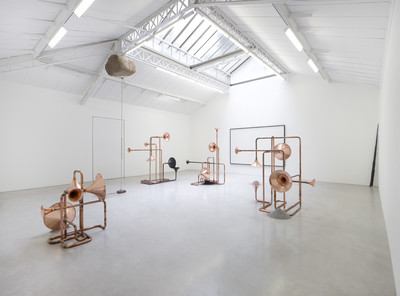Kamel Mennour is pleased to present for the second time an exhibition by
Berlin-based artist Alicja Kwade.
Alicja Kwade brings us face to face with questions rather than interpretations.
She questions objects, presumed truths, and matter. She has framed her exhibition within the philosophical concept of aporia, a term designating an
irresolvable contradiction. In its own way, with a mix of rigour and humour,
each piece in the show questions the real, its limits, and its illusions. The
whole gallery becomes a space of questioning.
The concept of aporia makes...
Read more














